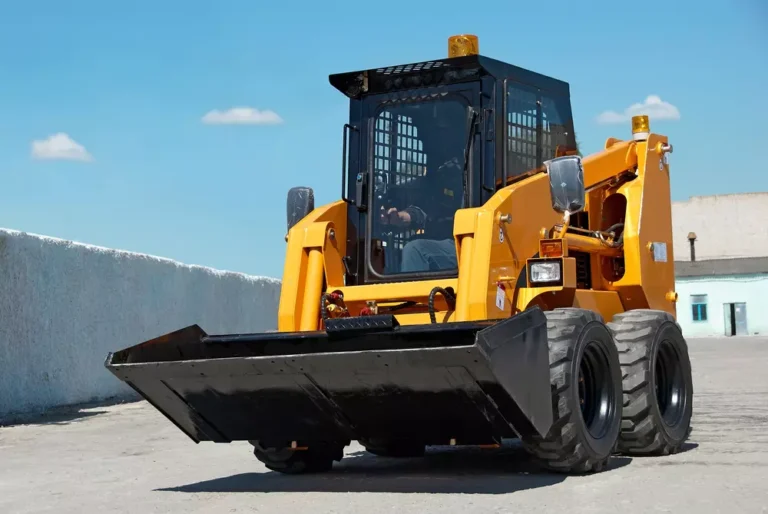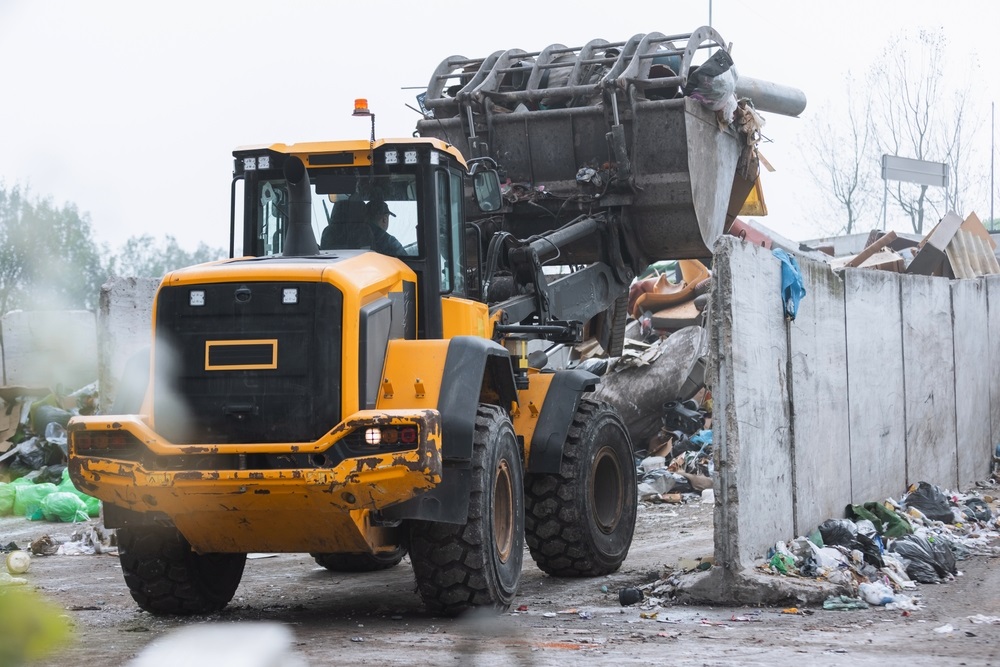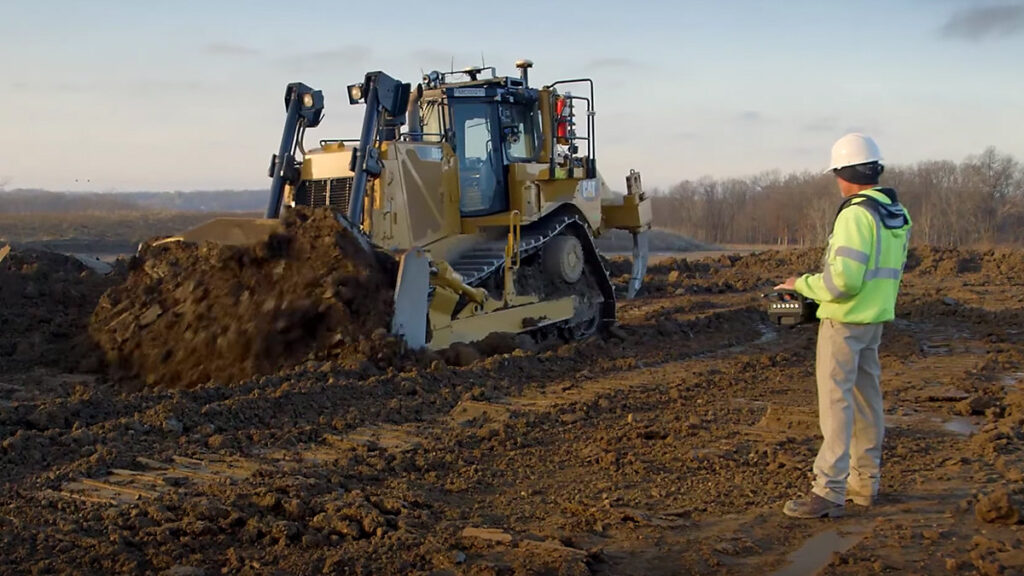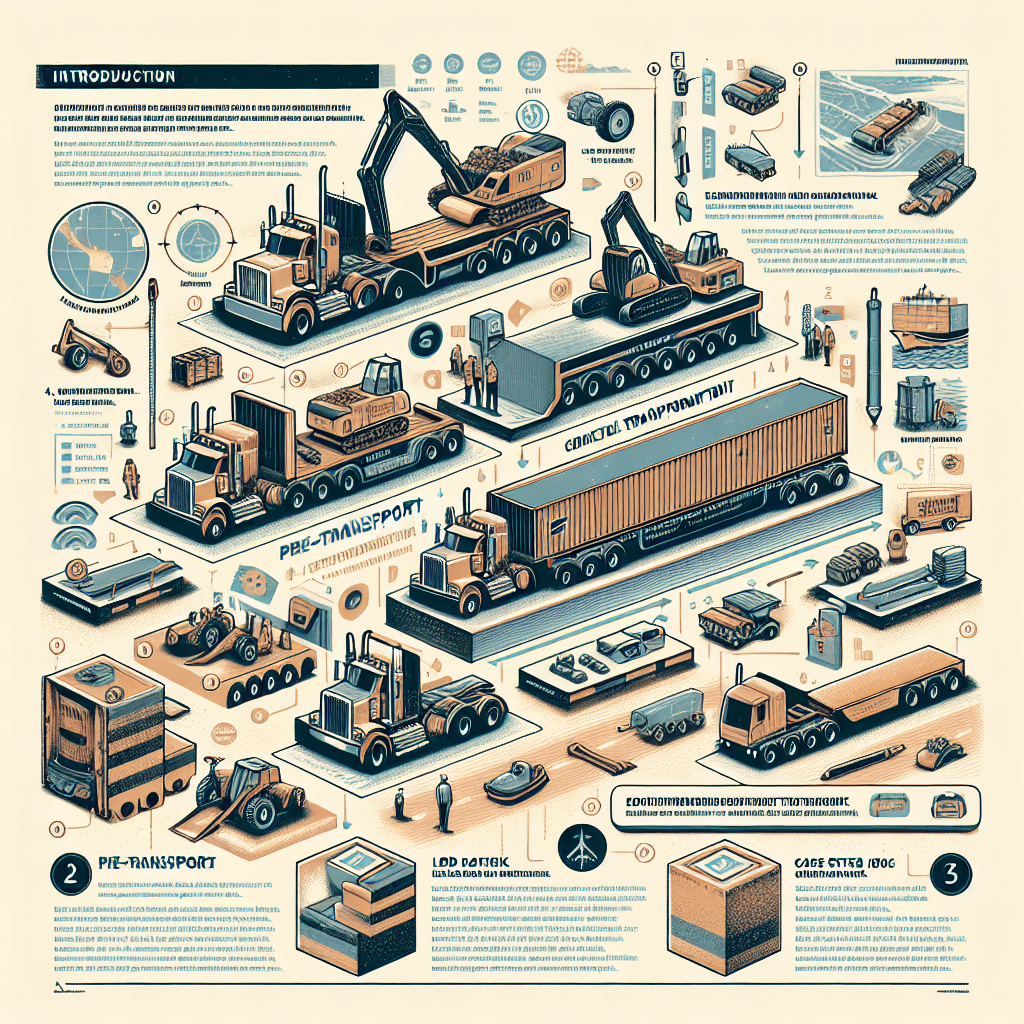Transporting a skid steer is not as simple as hitching it to a trailer and hitting the road. It requires meticulous preparation, adherence to regulations, and a keen focus on safety to ensure a smooth and incident-free journey. Whether you’re moving equipment across town or across the country, proper planning and execution are essential to protect both your investment and the safety of those involved.
Why Choose Professional Transport Providers?
While some may attempt to transport a skid steer themselves, hiring a professional transport provider often proves to be the most efficient and cost-effective option, especially for long distances. who offers a dependable solution for connecting individuals or businesses needing to transport skid steers with experienced transport companies across the country. By doing so, this service provider helps to reduce the stress and overcome the logistical difficulties typically associated with skid steer transportation.
Preparing for Skid Steer Transport
Perform a Documented Risk Assessment
Before embarking on any transportation endeavor, conducting a thorough risk assessment is imperative. Documenting potential risks and mitigation strategies ensures that your team is prepared to handle any challenges that may arise, minimizing the likelihood of accidents or delays.
Outfit Sites & People With PPE
Personal Protective Equipment (PPE) is non-negotiable when it comes to skid steer transport. Prioritize the safety of your crew by ensuring they are equipped with the necessary gear to protect themselves from potential hazards throughout the transport process.
Determine Weight and Dimensions
Understanding the dimensions and weight of your skid steer is paramount for compliance with DOT regulations. Failing to accurately verify these specifications can result in fines, delays, or even accidents during transport.
Inspect Truck and Trailer
Thoroughly inspecting your truck and trailer before loading ensures that they are in optimal working condition. Pay close attention to vital components such as tires, lights, brakes, and hydraulic hoses to prevent equipment failures that could compromise safety.
Learn More: What is a Mini Skid Steer Loader Used For: The Definitive Guide
Safely Loading a Skid Steer
Designate Duties
Assigning specific roles to trained personnel ensures a smooth and coordinated loading process. Proper training and clear communication are essential to prevent accidents and damage to the equipment or surroundings.
Ensure Trailer Stability
Before loading, ensure that the trailer is on flat, level ground to prevent instability or rollover risks. Be mindful of obstacles in the vicinity and adjust your loading strategy accordingly to avoid collisions.
Secure the Skid Steer
Properly securing the skid steer for transport is crucial to prevent shifting or damage during transit. Lower attachments, retract booms, and securely lock all equipment components to minimize the risk of accidents or loss during transport.
Verify Driver Visibility
Maintaining clear visibility for the driver is essential to ensure safe navigation during transport. Position the skid steer in a way that allows the driver to maneuver effectively and comply with DOT regulations regarding driver visibility.
Conclusion
In conclusion, transporting a skid steer requires meticulous preparation, adherence to regulations, and a steadfast commitment to safety. Whether opting for professional transport services or handling the task internally, prioritizing safety and compliance at every stage of the process is non-negotiable.
Learn More: Skid Steer vs. Track Loaders: Advantages and Disadvantages

